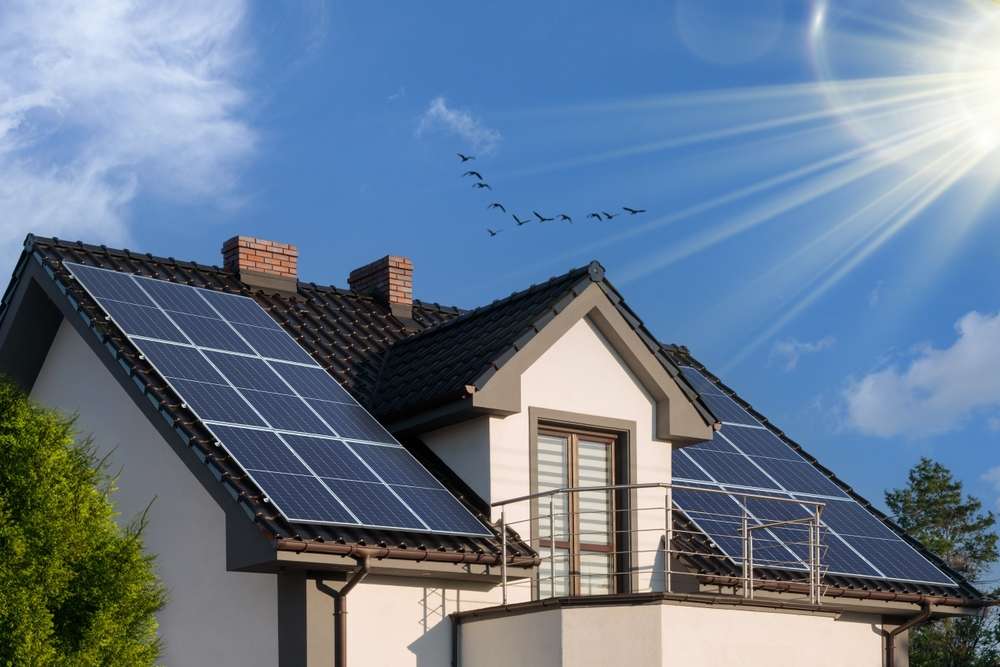Sustainable Prefabricated Homes: Stylish, Durable, and Affordable
Prefabricated homes have gained significant popularity in recent years as a sustainable, efficient, and cost-effective housing solution. These innovative structures are built off-site in controlled factory environments and then transported to their final location for assembly. This modern approach to construction offers numerous benefits, including reduced environmental impact, faster build times, and often, lower costs compared to traditional on-site construction methods. As the demand for eco-friendly and affordable housing continues to grow, prefabricated homes are emerging as a stylish and practical option for homeowners across Canada.

What Makes Prefabricated Homes Eco-Friendly and Energy-Efficient?
Prefabricated homes excel in environmental sustainability through multiple aspects of their design and construction process. The controlled factory environment significantly reduces material waste through precise cutting and assembly, with many manufacturers recycling excess materials rather than discarding them. This manufacturing precision also contributes to better insulation and energy efficiency.
Many prefab homes incorporate sustainable materials such as renewable wood from certified forests, recycled steel, and eco-friendly insulation. These materials not only reduce the home’s carbon footprint but also contribute to healthier indoor air quality. Energy efficiency features commonly integrated into prefab designs include high-performance windows, superior insulation, energy-efficient appliances, and smart home technology that optimizes energy consumption.
Solar panel integration is becoming increasingly common in prefabricated home designs, with many manufacturers offering renewable energy solutions as standard or optional features. Some advanced prefab models incorporate passive solar design principles, orienting windows and thermal mass to naturally capture and distribute heat from the sun, further reducing energy requirements.
How Durable Are Prefabricated Homes?
The durability of prefabricated homes often exceeds that of traditional site-built houses due to several factors. Factory construction allows for precision engineering and quality control measures that would be difficult to implement in variable outdoor conditions. The indoor manufacturing environment prevents materials from exposure to weather damage during construction, eliminating common issues like warping, mold growth, and water damage that can plague conventional building methods.
Prefabricated homes are built to withstand transportation stresses, which results in structures that typically exceed building code requirements for stability. Many manufacturers reinforce connection points and use additional structural supports that aren’t always necessary in conventional homes. The use of premium materials combined with precise manufacturing techniques creates tight seals and connections that enhance the building’s resistance to air and water infiltration.
Modern prefab homes come with warranties comparable to or better than those of traditional homes, typically covering structural elements for 10 years or more. Depending on design and materials, many prefabricated homes can last 50-100 years with proper maintenance, comparable to conventional housing.
What Are the Advantages of Fast Construction and Minimal Waste?
One of the most significant benefits of prefabricated construction is the dramatically reduced timeline compared to traditional building methods. While conventional home construction might take 6-12 months, a prefabricated home can be manufactured in weeks and installed on-site in just days or a few weeks. This efficiency stems from simultaneous processes—site preparation can occur concurrently with factory construction of the home.
The controlled factory environment allows for year-round construction regardless of weather conditions, eliminating common weather-related delays. This predictable timeline helps homeowners plan their moves more accurately and potentially save on temporary housing costs during construction.
Prefab construction generates significantly less waste than traditional methods, with estimates suggesting 50-75% reduction in construction waste. Materials in the factory are precisely measured and cut, with scraps often recycled into other components. The efficiency extends to labor as well, with specialized teams working on different aspects of construction simultaneously, optimizing the production process.
How Affordable Are Prefabricated Homes?
The cost-effectiveness of prefabricated homes stems from several factors that contribute to overall savings. Factory construction creates economies of scale that reduce both material and labor costs. Bulk purchasing of materials and streamlined manufacturing processes translate to savings that are passed on to homebuyers. The shortened construction timeline significantly reduces labor costs and minimizes financing expenses during the building phase.
The initial construction costs of prefabricated homes typically range from 10-25% less than comparable site-built homes. Entry-level models start around $150-200 per square foot, while custom prefab homes with premium finishes may cost $250-400 per square foot. These prices can vary based on location, design complexity, and chosen finishes.
Long-term cost benefits include reduced energy bills due to superior insulation and energy-efficient features. Many prefab homes are designed to meet or exceed energy code requirements, potentially saving homeowners thousands of dollars over the lifetime of the house.
Comparing Prefabricated Home Providers in Canada
When considering a prefabricated home, comparing providers helps identify the best match for specific needs and preferences. The following table outlines some established prefabricated home providers in Canada and their offerings:
| Provider | Base Price Range (per sq ft) | Energy Efficiency Features | Construction Timeline |
|---|---|---|---|
| Horizon North | $200-300 | Triple-pane windows, R-40 wall insulation | 8-12 weeks |
| Bonneville Homes | $180-350 | ENERGY STAR certification, smart home integration | 12-16 weeks |
| Karoleena | $300-450 | Passive house options, solar panel integration | 16-20 weeks |
| Guildcrest Homes | $150-250 | High-efficiency HVAC, enhanced insulation | 10-14 weeks |
| Modular Homes Canada | $170-280 | Green building materials, energy monitoring systems | 8-16 weeks |
Prices, rates, or cost estimates mentioned in this article are based on the latest available information but may change over time. Independent research is advised before making financial decisions.
Balancing Style, Sustainability and Cost
Modern prefabricated homes have overcome the aesthetic limitations of earlier generations, now offering customizable designs that rival or exceed the visual appeal of traditional houses. Architects and designers have embraced prefab construction, creating innovative styles that range from minimalist modern to traditional craftsman. Many manufacturers offer customization options for floor plans, finishes, and architectural details.
The sustainability advantages of prefabricated homes extend beyond construction to include operational efficiency throughout the home’s lifecycle. Reduced energy and water consumption lowers the environmental impact while simultaneously decreasing utility costs for homeowners. As building technology continues to advance, prefabricated homes represent a promising solution for housing that balances style, durability, affordability, and environmental responsibility—meeting the needs of today’s homeowners without compromising the resources of future generations.




